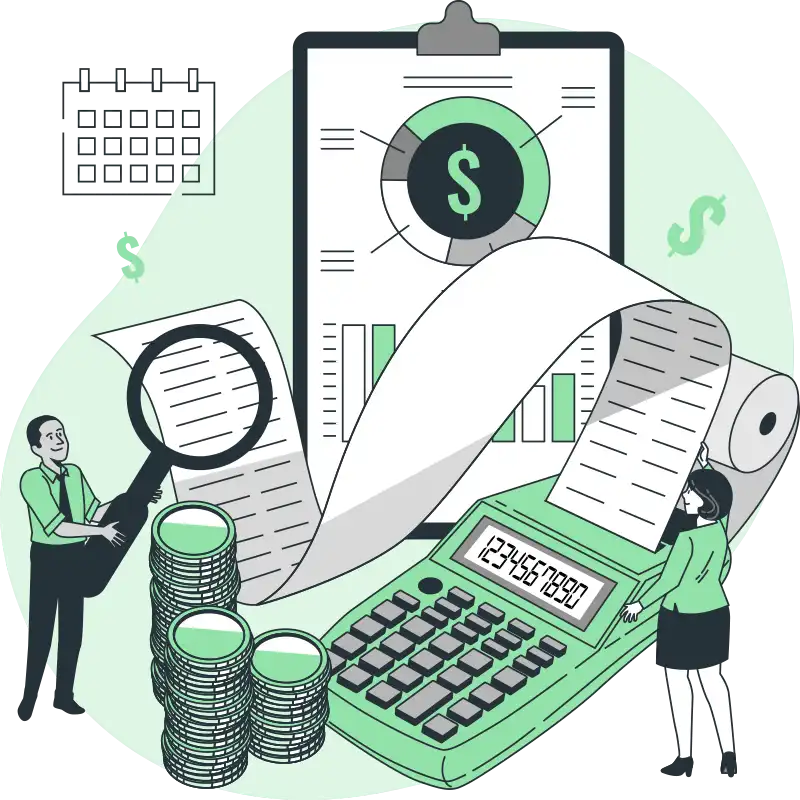Decision Making – How to Dismantle an Atomic Bomb?
“Our lives are ruled by impermanence. The challenge is how to create something of enduring value within the context of our impermanence” – says Daisaku Ikeda (A Buddhist Monk)
The same thoughts serve as the main impulsion behind every development of thought for value addition and the same is the case with decision making tools presented by management accounting; and at the same time, the same force pushes forward many more tools going to emerge day by day in this subject. The scarcity of resources all over the world and, in turn, also in business environment makes it necessary to develop tools for effective and efficient utilization of economic resources.
The everyday business environment in the state of continuing flux has resulted in the new problems of doing things rights instead of doing right things and the role of management accounting decision-making tools in this respect can hardly be questioned. This changing business environment ranges from uncertainty to probability, and also from single critical factor to multiple critical factors. The management accounting techniques have covered a long evolutionary process to emulate the arithmetical, mathematical and even statistical techniques to cater for this wide scenario.
Anybody can cut prices, but it takes brains to produce better articles. – P D Armour
Neoclassical theory, having rationality as a premise, is at the heart of management accounting. The decision-making, being a continuous process, may be about short horizon (operational decisions) and it may well relate to long horizon (strategic decisions). Different management tools are of interest both as compliments or substitutes to coup different scenarios.
Capital Budgeting
Capital budgeting decisions are of paramount importance in financial decision-making. In the first place, such decisions affect the profitability of a firm. They have a bearing on the competitive position of the enterprise. This is mainly because of the fact that they relate to fixed assets that involve a current outlay or a series of outlays of cash resources in return for an anticipated flow of future benefits. It, therefore, includes addition, disposition, modification and replacement of fixed assets. The fixed assets represent, in a sense, the true earning assets of the firm (Khan & Jain 1998).
Secondly, a capital budgeting decision has its effects over a long time span and inevitably affects the company’s future cost structure.
Thirdly, these decisions, once made, are not be easily reversible without much financial loss to the firm. It is because there may be no market for second hand plant and equipment and their conversion to other uses may not be financially feasible.
Finally, capital investment involves costs and the majority of the firms have scarce capital resources. This underlines the need for thoughtful, wise and correct investment decisions would not only result in losses but also prevents the firm from earning profits from other investments which could not be undertaken for want of funds.
The rationale underlying the capital budgeting decisions is efficiency. A firm must replace obsolete plant and machinery and acquire fixed assets for current and new products and making strategic investment decisions. Acceptance of a strategic investment involve significant change in company’s expected profits and in the risks to which these profits are subjected (Biermen, H.



